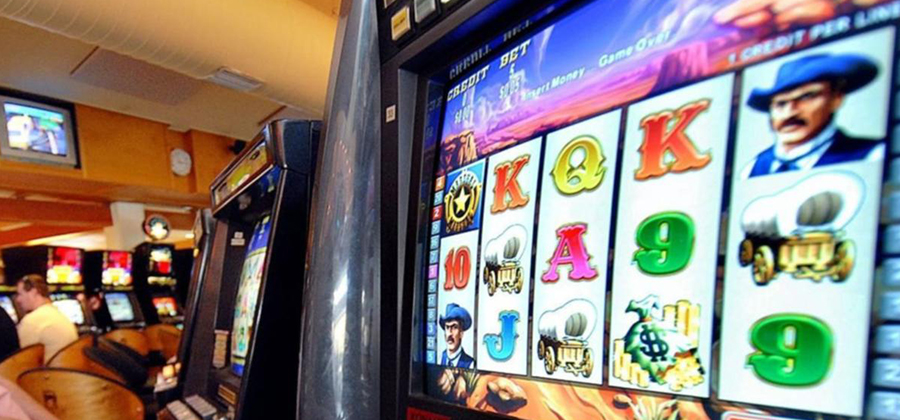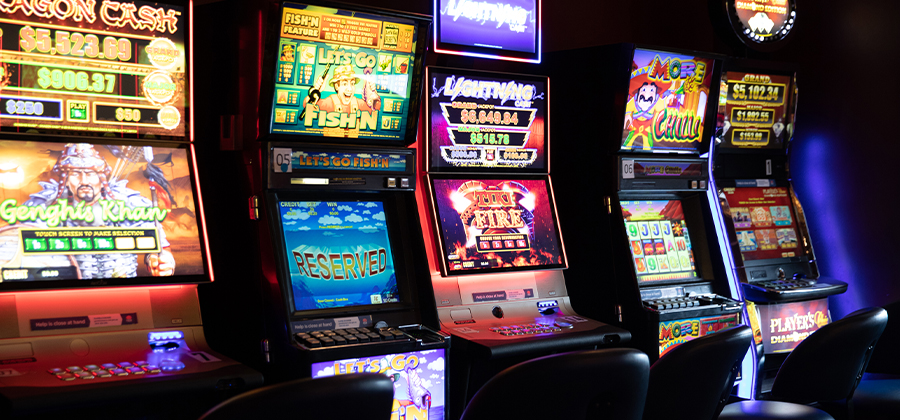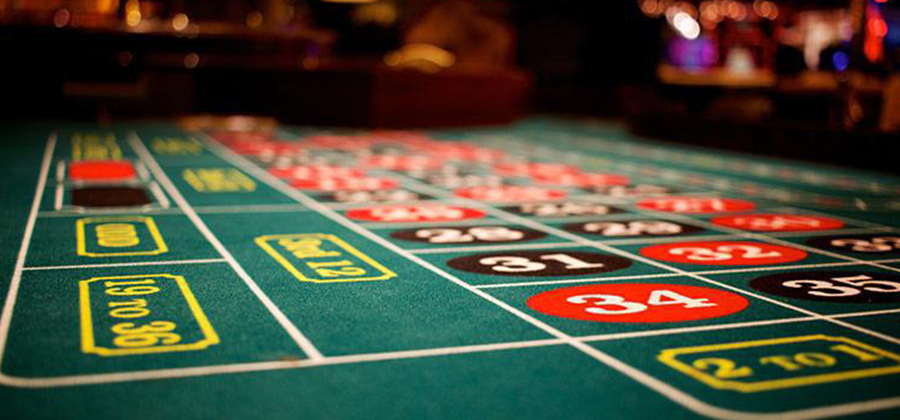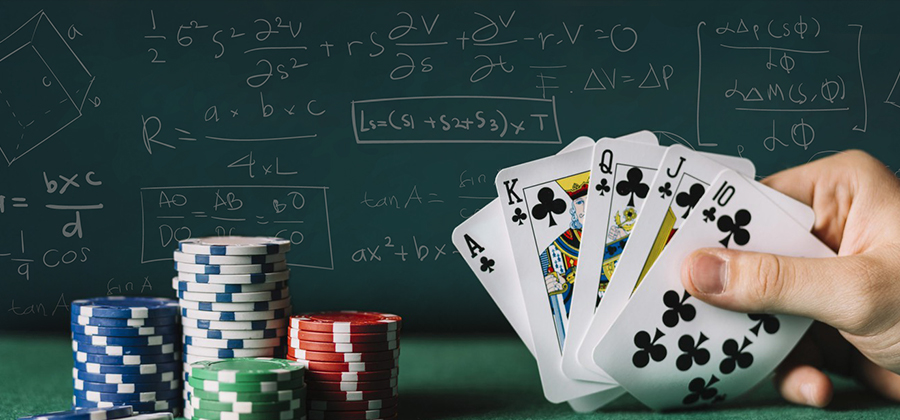For many in Australia, the pokie is a cultural icon – a gambling machine found in bars and casinos up and down the country, often offering giant jackpots to the luckiest pokie players. In recent years, pokies have also become staples of Australian online casinos, coming in a dazzling array of shapes and sizes and offering prizes often stretching into the millions.
Pokies have been around for over around 70 years and were first found on the island of Tasmania. Their name has nothing to do with poker, as many believe – instead, they gained their name thanks to the poker cards that used to spin around on the reels.
You’ll find just under 200,000 pokies in Australia – approximately one pokie for every 114 people – with around half of them in New South Wales. This figure puts NSW behind only Nevada in terms of total pokies available. The fact they’re so widespread speaks to the fact that pokies have become an intrinsic part of Aussie life.
On this page, we’ll give you a complete rundown on the introduction of pokies into Australia, how they spread across the country, and the cultural impact they’ve had.
Table of Contents
Early History of Pokies
Before pokies made their entry into Australia, the main form of gambling was betting on sports, and horse racing in particular. The country also had government-operated lotteries, which first appeared in the 1920s.
Pokies were first imported into Australia in the early 1900s, when they first became popular in the United States. The first ever pokie was the Liberty Bell, designed by Charles Fey, but the real watershed moment in Australia was Aristocrat’s creation of the Clubman in 1953. Two years later, they would release the sequel, the Clubmaster.
It’s interesting at this point to look at Aristocrat, as they were huge players in the popularisation of pokies in Australia. Founded by Len Ainsworth in 1953, they became the driving force behind the spread of pokies in the country. They soon became the largest producer of pokies in Australia, a position they held for much of their 60 years in operation. Nowadays, they are second only to IGT regarding the number of machines in Australian venues.

The Spread of Pokies in Australia
While there were pokies in Australia from the turn of the 20th century, they started to become popular in 1956. This was when regulations were introduced to legalise pokies in registered clubs in New South Wales, thanks to the Betting and Gaming (Poker Machines) Taxation Act. The main reason behind legalisation? Tax. The NSW government estimated they’d earn up to £750,000 per year from the taxation of pokie machines.
Legal pokies quickly became a hit with NSW gamblers, and the rise of the pokie to cultural icon had begun. But other states didn’t get to see legal pokies until much later. In fact, it was around 40 years before other states opened up and permitted pokies. The 1990s are remembered by many Aussie gamblers as a pivotal time, when rules were liberalised and many forms of gambling were introduced.
Victoria and Queensland both legalised pokies in 1991, while South Australia joined the trend in 1992. Tasmania legalised them in 1997, and the Northern Territory made them legal in 1998. Pokies are still illegal in Western Australia, except for in casinos.
Nowadays, Australia has more pokies per person than anywhere else, excluding gambling destinations like Monaco and Macau. Up to 30% of Aussies, aside from those in WA, play pokies at least once a year, and 4% play weekly.
The best way to gauge the popularity of pokies in Australia is to look at how much money they make. The average pokie in the country earns around $56,000 per year, although many make nearly four times that amount.
Nowadays, pokies aren’t just popular in land-based venues but also in nearly every online casino available to Australian players. These games often have higher prizes than land-based machines, plus the sheer variety of online pokies is staggering. Maximum bets are also generally higher online.
Impact of Pokies on Australian Society
Pokies have had a giant impact on Australia since they were first legalised in the 1950s. Some of this impact has been positive, and some negative.
The most positive impact of pokies is that they earn a significant sum via taxation. In New South Wales, where pokies are most popular, the state is expected to make somewhere in the region of $2.25 billion via taxation of pokies in 2023. Unbelievably, this is around 5% of all tax projected to be earned by the state. This kind of income can be used to accomplish an incredible amount by the government.
Moreover, the rise of pokies has also given employment to many in the arcades and casinos where they’re played and in workplaces where they’re designed, manufactured, and sold. This extra employment is clearly a plus point for the economy.
But, of course, there are also downsides to the popularity of pokies in Australia. Australians lose more to gambling than the citizens of any other nation, and this is mainly due to pokies. Australians lose, on average, $1,277 per person per year. Of course, most serious gamblers lose more than this, as only some in the country gamble.
What’s more, the impact of pokies isn’t spread equally across the socio-economic spectrum of Australia. Instead, pokie machines are overwhelmingly concentrated in the country’s poorest areas. For example, in Sydney, the losses per person are far greater in the more impoverished suburb of Fairfield than in the affluent area of Willoughby.
Gambling addiction is also an ever-present concern. Around 30% of those who play pokies are at risk of gambling addiction. In Western Australia, where pokies are not widespread, the rate of gambling addiction is a third of that of the rest of the country.
Pokies: A Polarising Part of Aussie Culture
Pokies divide opinion in Australia. While many love playing them and do so responsibly, others advocate for the tightening of rules surrounding pokies in the country. But everyone can agree that pokies are now entrenched in society and can be considered a part of Aussie culture.



 by
by 


